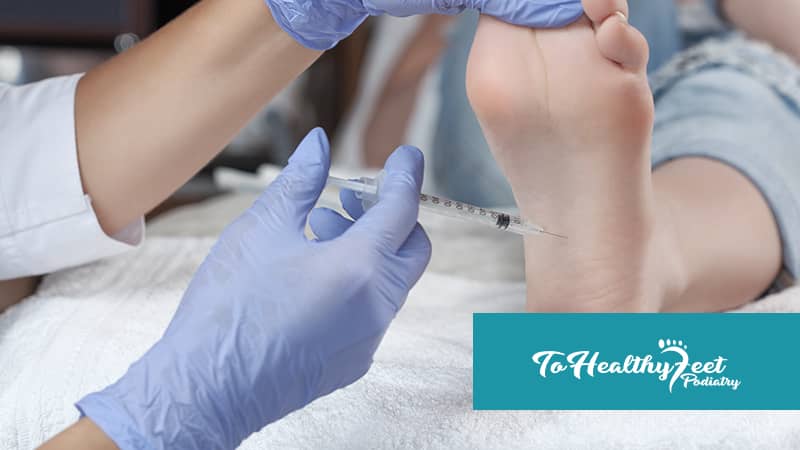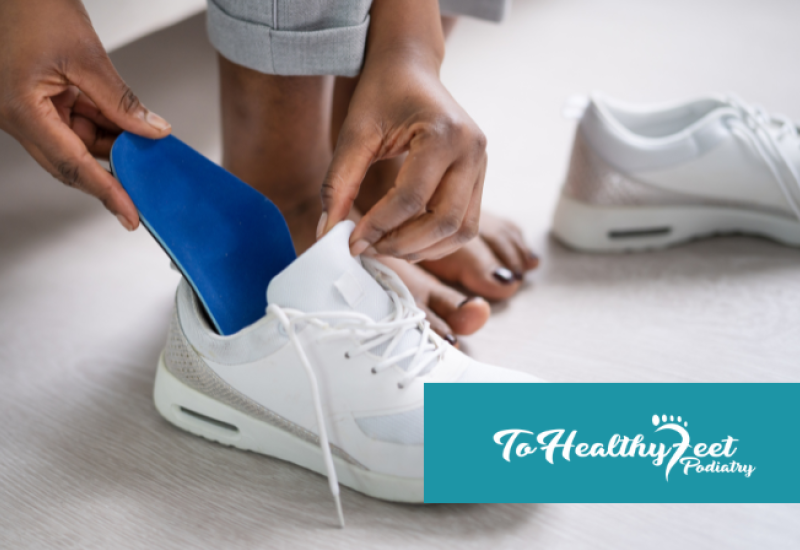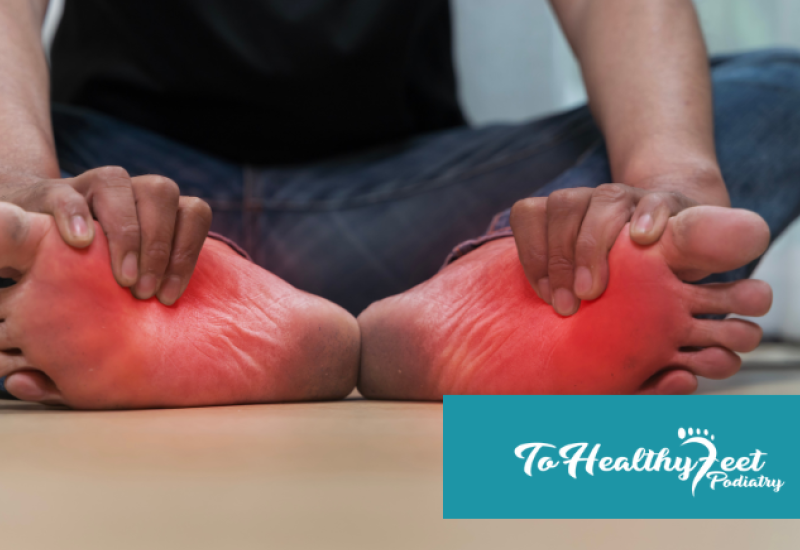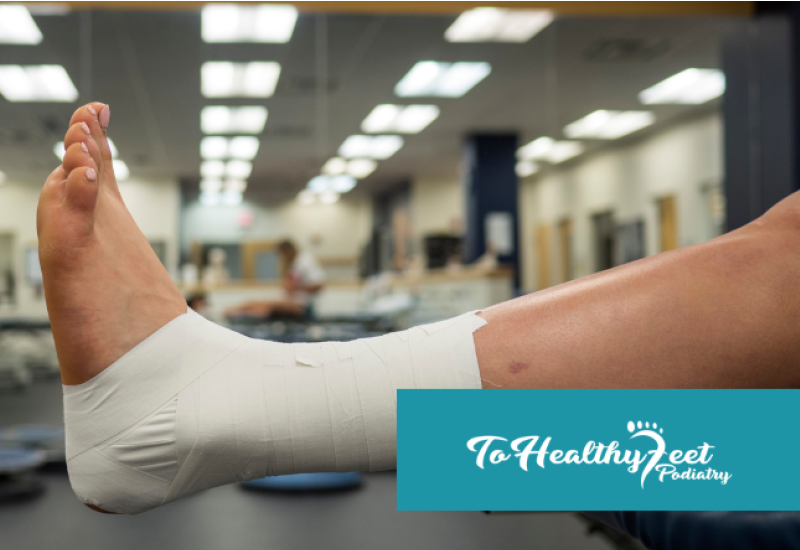Tendonitis And Stem Cell Therapy
What Is Tendonitis?
Tendonitis is an inflammation of the tendons most commonly caused by overuse. It can cause pain, swelling, discomfort, and weakness, and can limit range of motion. Because there are various tendons throughout the body, tendonitis can occur anywhere, although the most common places are from the elbow to the wrist (commonly referred to as tennis elbow), throughout the rotator cuff (biceps tendonitis), in the thumb or fingers (De Quervain's tenosynovitis, commonly referred to as trigger finger), knees (patellar tendinitis), heel (Achilles tendonitis), and foot (peroneal tendonitis).
What Is Stem Cell Therapy?
Stem cells are the cells from which all other specialized function cells are formed. These cells are found in the bone marrow, umbilical cord, and placenta, and can be harvested to use in medical treatments. Since stem cells create other specialized cells, the harvested cells can be guided into becoming other types of cells to replace those affected by disease. They may also be able to produce other specialized cells, such as ligaments, tendons, and cartilage. To receive stem cell therapy, first a sample of stem cells is harvested and then it is filtered through a centrifuge, which uses force to separate the cells. Once the cells are separated, they are reinjected into the damaged area to facilitate healing.
How Can Stem Cell Therapy Help With Tendonitis?
The use of a person’s own stem cells can help heal muscles and tendons by encouraging regeneration without the development of scar tissue. The stem cells are injected into the damaged tendon where they will reduce inflammation and pain over the course of several weeks. This treatment is very quick to administer and can be done in-office or in conjunction with surgery. Unlike other pain relief methods, such as over-the-counter painkillers, this technique does not mask the pain but relieves pain from the source while encouraging and quickening healing.
Manhattan Stem Cell Therapy For Tendonitis
If you are suffering from the pain of tendonitis and you are seeking a minimally invasive treatment with a short recovery time, stem cell injection therapy may help. If you have Achilles tendonitis or peroneal tendonitis, visit the highly skilled Manhattan Podiatrists at To Healthy Feet Podiatry for relief. Our team of NYC podiatrists can expertly assess your Achilles tendonitis or peroneal tendonitis and administer minimally invasive stem cell injection therapy. To get back on your feet, call To Healthy Feet Podiatry at 1-917-398-3668 or fill out the contact form to book your appointment at our Upper East Side, Downtown, Times Square, or Midtown locations today.
FAQ
Q: How can I prevent Achilles tendonitis and Peroneal tendonitis?
A: Warm-up before and cool down after your workout routine. Slowly increase the intensity of your exercise over a period of time. If you're using equipment at the gym, make sure you know how to use it safely and also with the form and posture. If unsure, always ask!
Q: I have high-arched feet and experience pain along my peroneal tendon. Why is that?
A: People that have high-arched feet are over-supinators. This means that they naturally put more pressure on the outer parts of their feet. This causes the brain to fire up the peroneal tendons more often to help the foot roll in more (aka pronate more). Any increased or repetitive activity leads to the tendons being fired up more, which can cause them to become fatigued or irritated, leading to pain. A good pair of custom orthotics would be a great option since they will help to redistribute weight more evenly throughout the bottom of the foot.
Q: What can I do if I’ve had Achilles tendonitis on and off for a while?
A: Sometimes scar tissue builds up in a tendon and causes the tendon to lose its elasticity. At that point, chronic Achilles tendonitis can be treated by removing the scar tissue using a minimally invasive procedure like Tenex. This uses a wand that transmits ultrasonic energy to break through the scar tissue leaving healthy tissue behind. Downtime is minimal and you can return to normal activity in about a week.




